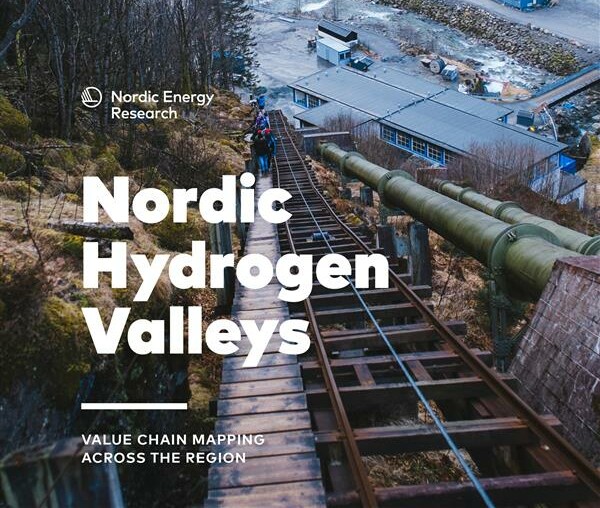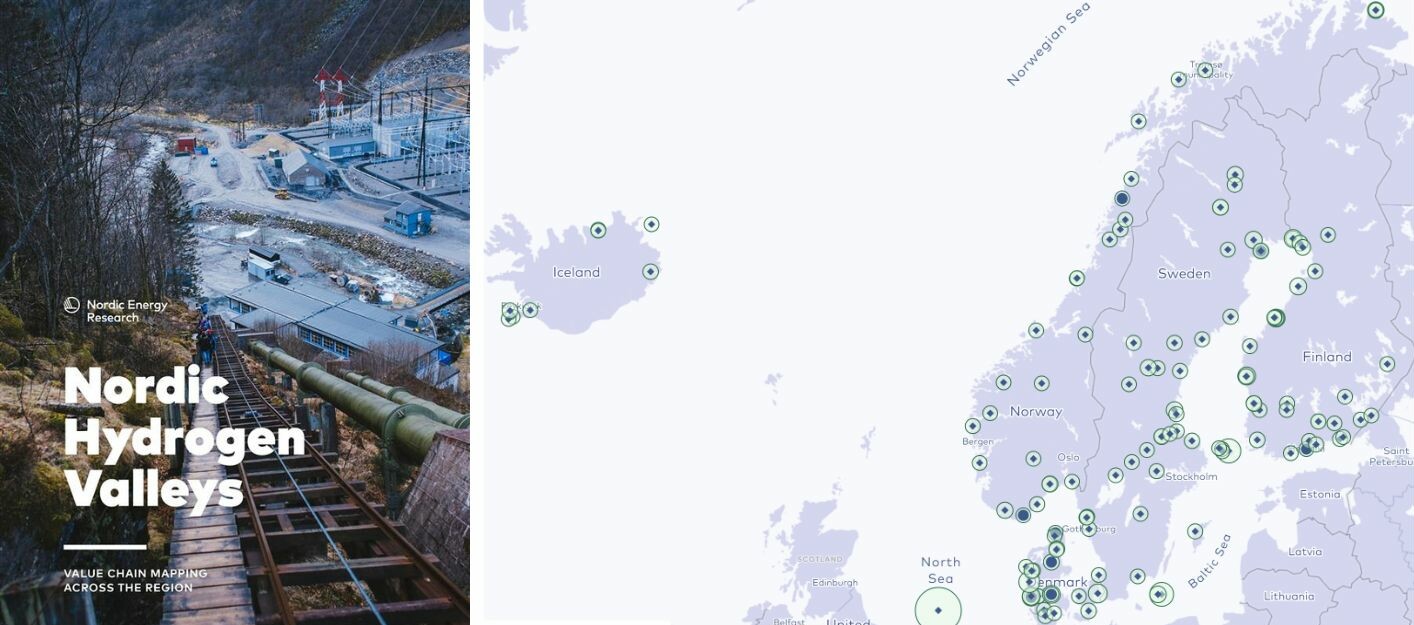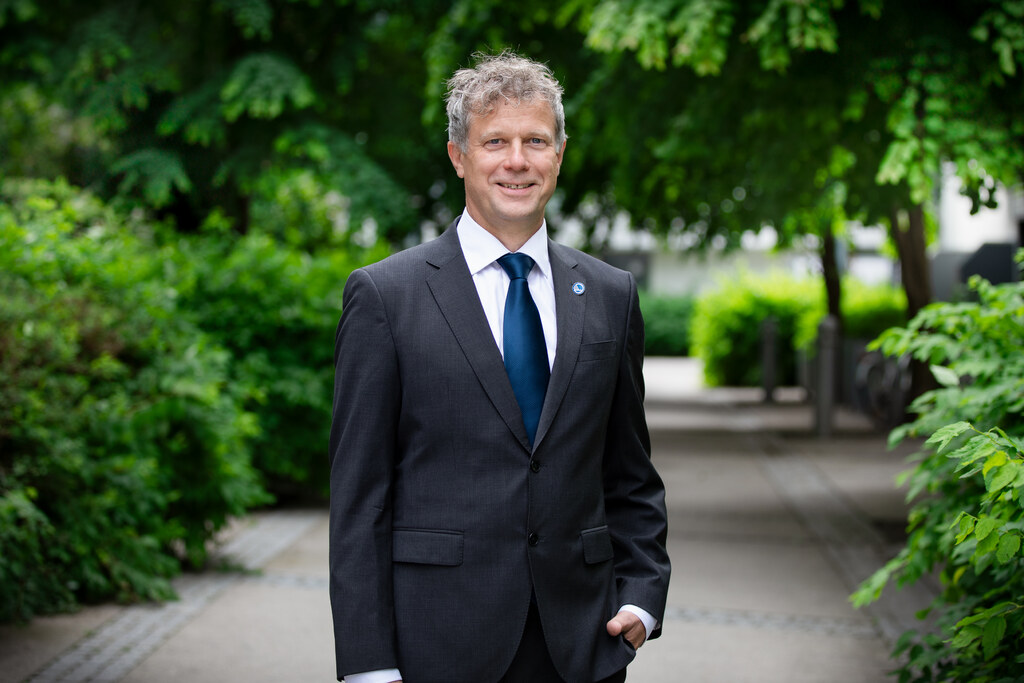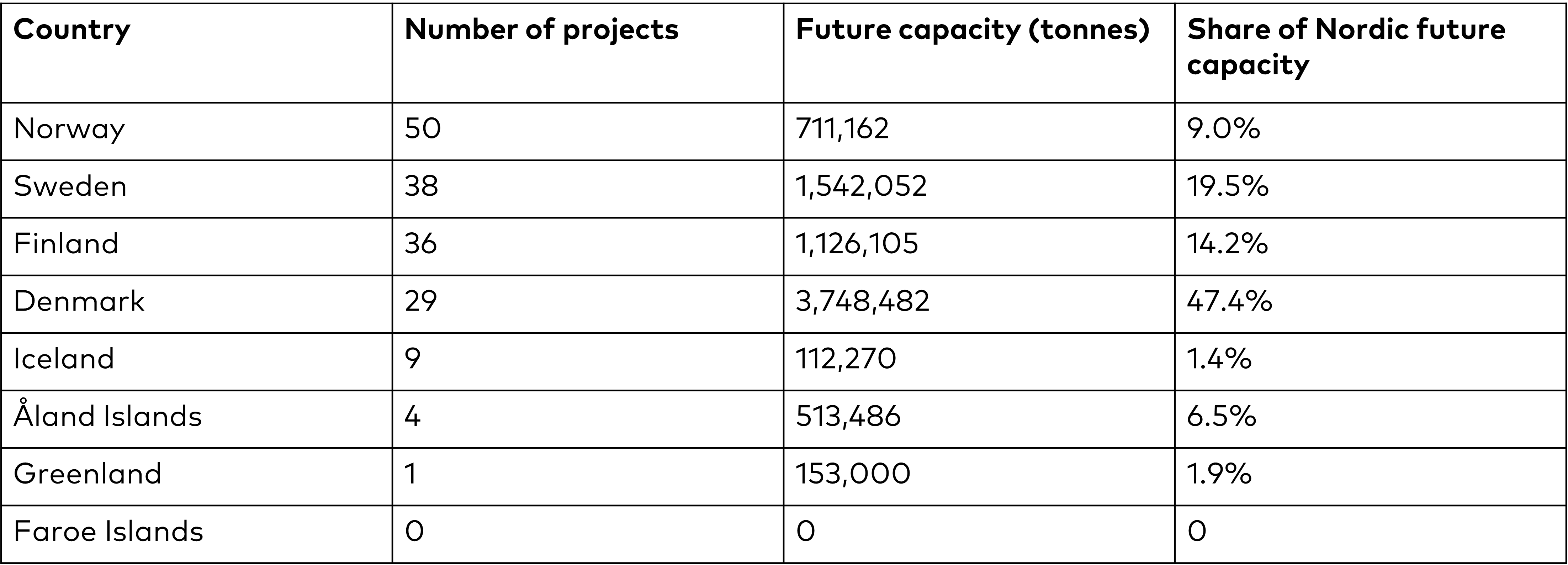
First comprehensive mapping of Nordic hydrogen value chains
Nordic Energy Research is proud to present the first comprehensive mapping of Nordic hydrogen valleys in the report Nordic Hydrogen Valleys – Value Chain Mapping Across the Region, which was…
Nordic Energy Research is proud to present the first comprehensive mapping of Nordic hydrogen valleys in the report Nordic Hydrogen Valleys – Value Chain Mapping Across the Region, which was launched on 14 November. This pioneering mapping is also visualised in an interactive tool. The aim is to provide decision-makers, investors and society at large with insights on the developments and ongoing deployments of hydrogen projects, including their planned capacity, and development status.

The report shows a high level of activity on clean hydrogen in the Nordics, with 167 projects at varying stages of maturity, most of which are in the planning phase. Combined they hold a future annual production capacity of eight million tonnes (270 TWh). Currently only 0.2% of the capacity is operational, with an additional 1% under construction.
“The Nordics are uniquely positioned to lead the green transition by integrating hydrogen into our energy systems and fostering a clean hydrogen economy.”

Klaus Skytte, CEO of Nordic Energy Research.
– The Nordics are uniquely positioned to lead the green transition by integrating hydrogen into our energy systems and fostering a clean hydrogen economy. However, our mapping shows that current pace of new capacity build-out is slow and might hinder hydrogens potential to fully contribute to our joint climate goals. Increased Nordic cooperation is essential to take advantage of this window of opportunity, says Klaus Skytte, CEO of Nordic Energy Research.
The Nordic hydrogen landscape shows great variations in production capacity

The numbers are based on the mapping done during the first half of 2024 with the report’s definitions of “Nordic hydrogen valley” and “Nordic hydrogen hotspot”. The numbers will most likely be subject to change due to the fact that the vast majority of the mapped projects are in the planning stages.
The mapping shows that Denmark is the most advanced market, with five large-scale hydrogen projects either operational or under construction, focusing on hydrogen for e-fuels, heavy transport, and export.
Finland and Sweden have several large-scale clean hydrogen projects in the feasibility phase, some even with final investment decisions in place. Decarbonisation of heavy industries is prioritised such as steel production
Norway has the largest number of planned projects in the Nordics, some operational, primarily aimed at the maritime sector and ammonia production.
The Icelandic projects are fairly mature, and the country has been a leader in e-methanol production since 2006.
When it comes to the rest of the Nordics, Åland stands out with promising projects linked to its offshore wind potential and plans to export hydrogen via the Baltic Sea hydrogen infrastructure.

